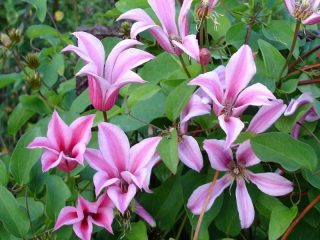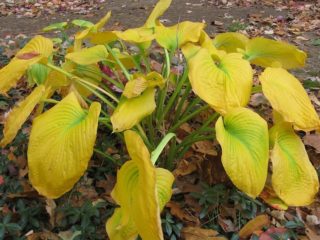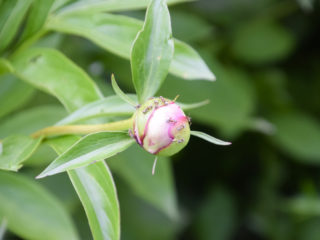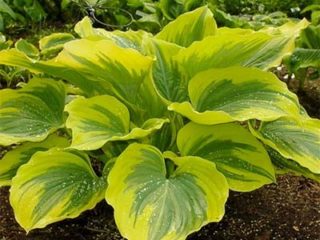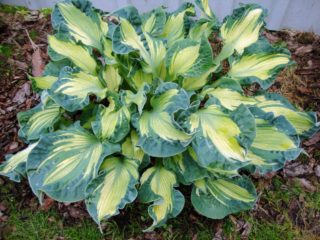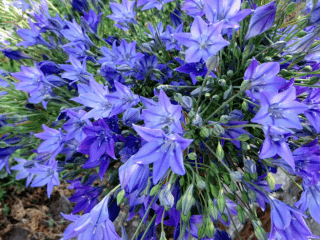Content
Peonies are one of the most beautiful flowers that are widely grown in gardens. A varied palette of shades and the shape of the buds will not leave anyone indifferent. In Eastern countries, these plants are considered a symbol of luxury and happiness. In the wild, they grow high in the mountains, therefore, they have strong immunity to disease. It is worth familiarizing yourself with how to plant peonies in open ground in summer, and the features of after care.
Is it possible to plant peonies in summer?
Many people are interested in whether it is allowed to plant peonies in open ground in August.

There is nothing difficult about planting peonies in summer; even an inexperienced gardener can handle this process.
Perennial flowers can be planted in the garden throughout the warm season. Peonies with an open root system are best planted in the second half of August or early September.
Landing dates
The best period for planting peonies is considered to be the end of summer and the beginning of autumn. Planting material takes root faster and gets sick less often. It is important to have time to plant before the onset of cold weather. You should also take weather conditions into account.
Planting peonies in open ground in summer
Proper planting of peonies in August is good because the seedlings are placed in sufficiently warm soil. The main thing is to follow the rules of agricultural technology and take into account the climatic features of the region. Experienced gardeners advise following the lunar calendar. It shows suitable dates for landing, which is explained by the position of the Moon and other natural nuances. When planting seedlings of perennial flowers at the end of summer, they will have time to take root before the first cold weather. At the end of May or beginning of June, peonies will delight you with lush flowering.

The planting hole must be spacious so that the root system develops safely
Site selection
The choice of place for planting peonies in the summer must be approached especially carefully, since some varieties do not tolerate transplantation well. Plants should be planted in a place with deep groundwater - at least 1 m from the soil surface. Wetlands are not suitable for growing peonies, as the root system will rot. These flowers prefer to grow in well-lit areas where there are no drafts or gusty winds. They are recommended to be planted at a distance from buildings and high fences (at least 2 meters). Flowers growing near buildings suffer from overheating in the summer. Perennials are undemanding to soil, but it is advisable to plant them in loose, fertile soil with good aeration.
Soil preparation
The optimal level of soil acidity for peonies is considered to be from 6.5 to 7.5 pH. If the indicator is below the required level, it is worth adding lime to the soil.
To lower the pH level, you need to add organic matter. After leveling out the acidity, the soil is loosened and fertilized. Perennials need a good drainage system. Therefore, loosening is especially important. The soil needs to be plowed to a depth of 30-40 cm.Then the root system of peonies will penetrate deep and receive enough nutrients. After plowing, organic compost or humus should be added to improve the quality of the soil.
Planting rules
1-2 weeks before planting, you need to dig holes. The distance between the holes should be 1 meter so that the peonies grow freely. Before planting, you should buy healthy, high-quality seedlings to provide them with optimal conditions for development. The roots of perennials should be without signs of damage. They must first be soaked in the growth stimulator Epin, Kornevin (2 hours). The seedlings are placed in the hole so that the soil covers the rhizome, but does not reach the top of the peony. Gradually you need to fill the hole with soil and lightly compact it with your hands.

After planting, plants planted in summer are watered with settled water.
Landing Features
To properly plant peonies in August, you need to take into account the type of perennial and the region. It is also important to follow the rules of agricultural technology so that the seedlings take root safely.
Depending on the type of peony
Planting perennial flowers in summer should follow a strict algorithm. The species is taken into account - it is herbaceous, tree-like or Ito-peony. The optimal planting depth for peonies in summer is 80 cm. Due to the fact that the root system of the perennial is quite powerful, the roots can go 1 meter or more deep, they require loose soil in the root zone.
Landing algorithm and features:
- Herbaceous peonies. High varieties need holes ranging in size from 08.*0.8 to 1*1 m. Peonies will develop safely in such a hole. Plants of low varieties require a feeding area from 0.6 * 0.6 m to 08. * 0.8 m. The soil in the hole and around the planting site is plowed with a shovel.The recess should not be too small, at least 0.5 m in diameter and no smaller than 2 shovels. If the ground is poorly permeable, a drainage layer of gravel and crushed stone is poured onto the bottom of the hole. Sandy soils, which are poor in nutrients, should be enriched with humus and loamy soil. Peony seedlings are planted deep - the lower buds are covered with a 3 cm layer of soil. If the planting is very shallow, the perennial will not bloom.
- Tree peonies. Shrub perennials need a feeding area of 1.2 * 1.2 m or 1.5 * 1.5 m. The soil must be thoroughly loosened at the planting site and around. For small seedlings in summer, a hole 50-60 cm in size and 2 shovels deep is suitable. Large plants need a hole 1/3 larger than the root ball. The seedlings are planted to such a depth that the grafting site is 5-10 cm under the ground. It is necessary that the tree peony be able to create additional roots from the scion. When a flower is planted too high, there is a risk that it will dry out after a few years. A layer of soil of 10-15 cm protects the grafting site from excessive drying, prevents the germination of stems that are left too much, and accelerates and facilitates the emergence of roots growing from the bottom of the shoots. Oblique planting of peonies in summer promotes faster growth of the root system. These roots are quite long so that they are below the water table.
- Ito-peonies. These are hybrids of herbaceous and tree species. They must be planted in summer in elevated, well-lit areas with low groundwater levels. Hybrid peonies are suitable for loamy, fertile soil with a high humus content. The optimal acidity level is slightly alkaline or neutral. Ito peonies should be planted in a planting hole 0.5 m deep and 0.8 m in diameter.The cuttings are planted so that they are located strictly in the middle of the planting hole, with a slight slope. Renewal buds should be at a depth of 3-5 cm from the surface. The holes are filled with a pre-prepared soil mixture of humus and garden soil with the addition of phosphorus fertilizers. To deoxidize the soil, add a little ash or dolomite flour. If the planting material has a closed rhizome, you need to carefully, without disturbing the earthen ball, transfer the plant from the container to the hole. After this, maintaining the required planting depth, fill the hole with nutritious soil. The soil surface must be mulched to maintain its moisture and breathability.
At the end of planting, seedlings of herbaceous, tree-like and ito-peonies must be watered with settled water. Each bush will need 3 liters.

It is advisable to buy seedlings from trusted nurseries to minimize the risk of acquiring a foreign variety
Depending on the region
It is necessary to take into account the weather conditions of the region so that the planting of peonies in the summer is completed successfully.
- Residents of the northern regions should carry out planting work no later than mid-August. Then the seedlings will have time to take root before temperatures drop.
- Planting peonies in summer in open ground in the Moscow region should be carried out from August 20 to 25.
- In the south, it is recommended to plant peonies in the summer at the end of August, when the summer heat subsides. If the season turns out to be too hot, the procedure should be postponed to the beginning of September.
It is optimal to plant on a dry and warm day (without wind or rain). There should also be no extreme heat or scorching sun. This will harm the plantings. Agrotechnical work should begin early in the morning before 8 o’clock or in the evening (after sunset).
Further care
Peonies are considered unpretentious plants, but they require care. Then they will develop safely and actively bloom with large buds.
Care instructions:
- Peonies need regular watering. If you rarely add moisture and allow the soil to dry out, this can lead to a lack of buds, weak flowering, or the formation of small flowers.
- Loosening. The soil around the root zone needs to be weeded to ensure a constant flow of air to the rhizome. You can also get rid of weeds by weeding.
- Prevention of lodging. In rainy weather, the flowering stems of peonies may lie down in the summer. To avoid this, they use supports in the form of three rods and wire stuck into the ground.
- Trimming. Faded buds during the flowering period in summer are cut off before seeds form. At the end of October, the shoots need to be cut off close to the ground.
- Preparing for the winter period. In early November, peonies are earthed up and mulched with compost and rotted manure.
- Feeding. In the first year after planting, peonies do not need to be fertilized. Starting from the age of three, they are fed with nitrogen and organic matter.
The buds of young peonies should be pinched to prevent them from blooming. This will be the key to the formation of a strong, abundantly flowering bush in the future.

Peonies can be fertilized with complex compounds designed specifically for this crop.
Conclusion
To properly plant peonies in open ground in summer, you must follow the rules of agricultural technology. Planting material must be without damage, with a well-developed rhizome. You also need to take into account the optimal timing and climatic features of the region. Then planting a perennial in the summer will be successful.

